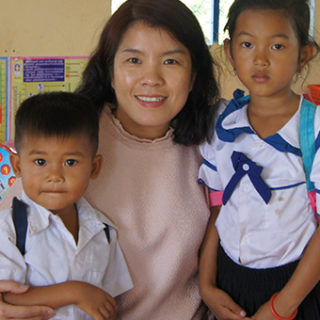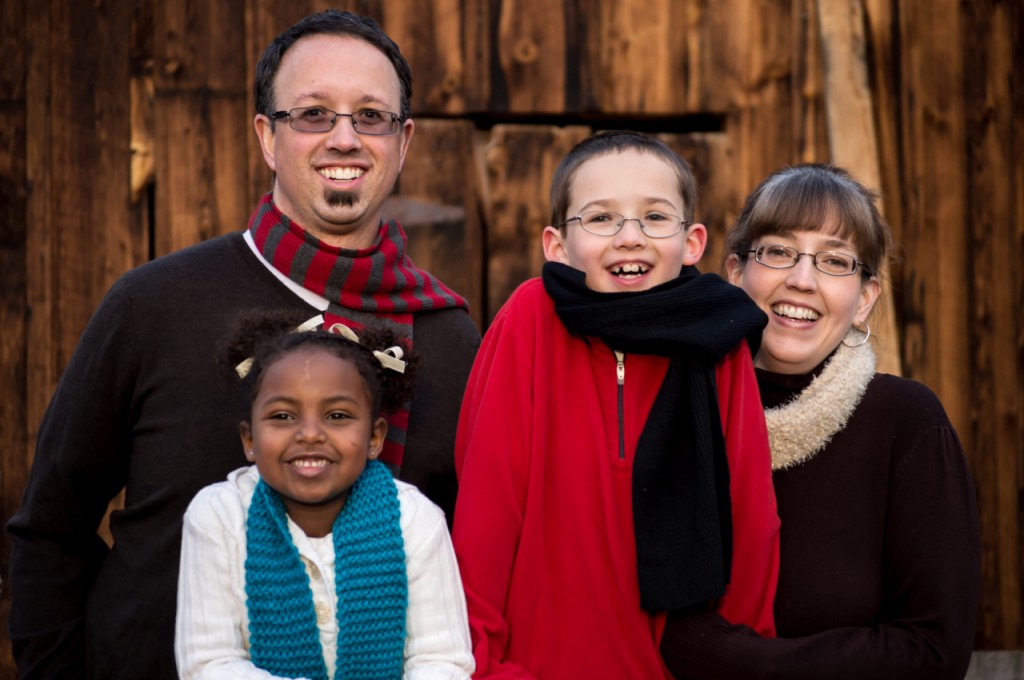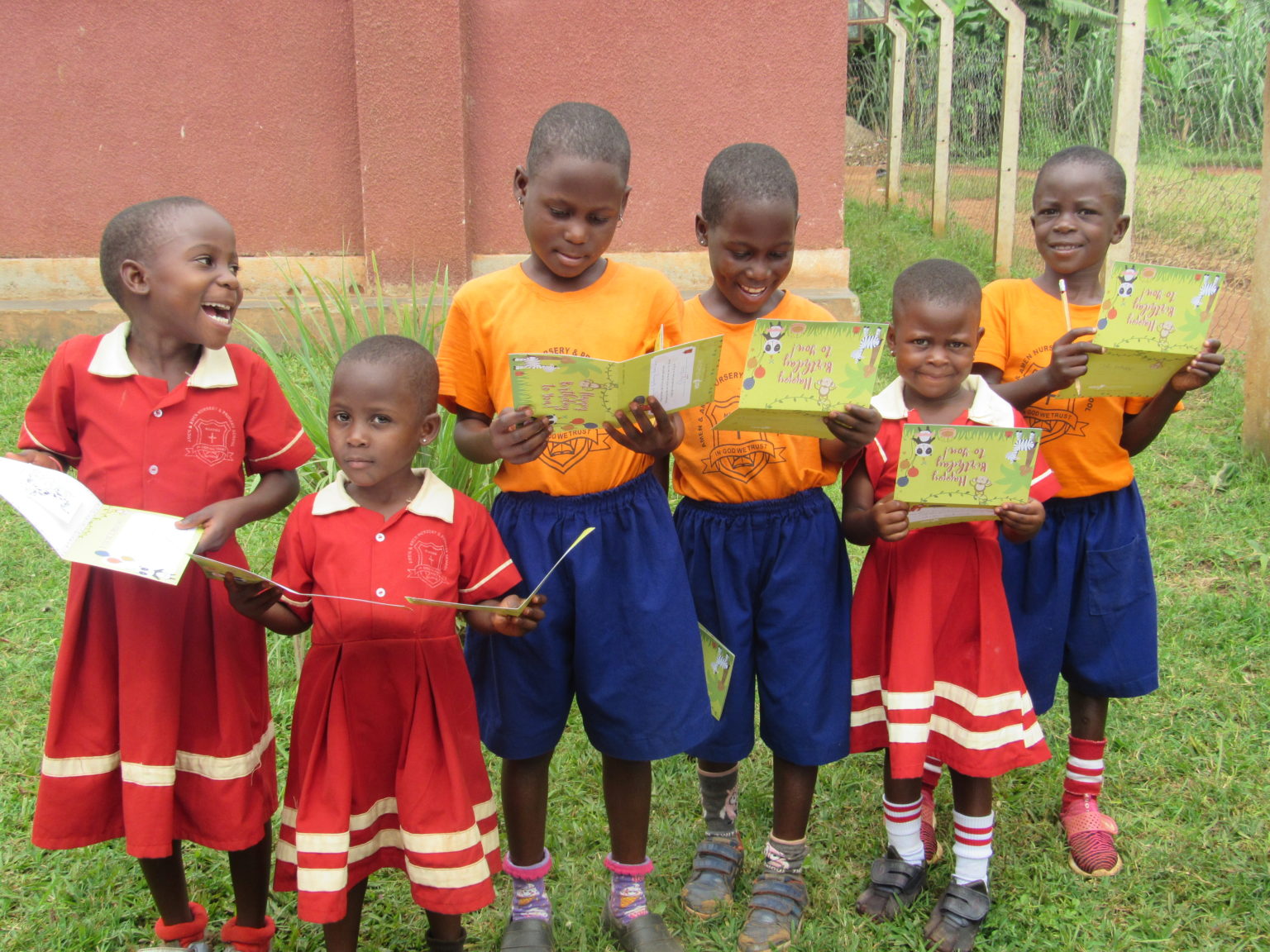How the COVID-19 pandemic has affected, and will continue to affect, children’s education around the world.
Schools first shut down due to COVID-19 in China in January 2020, and the rest of the globe was soon to follow.
By March, most countries around the world had nationwide full or partial school closures. And the situation has only intensified, with seasons of ebbing and flowing through the spring, summer and fall of 2020, and now the winter of 2021.
During this time, most countries have adapted to some form of distance learning in an attempt to keep children moving forward in their education. Teachers and students have met over video conferencing apps, educational material has rolled out via radio and television programs, and some schools even delivered workbooks to each enrolled child.
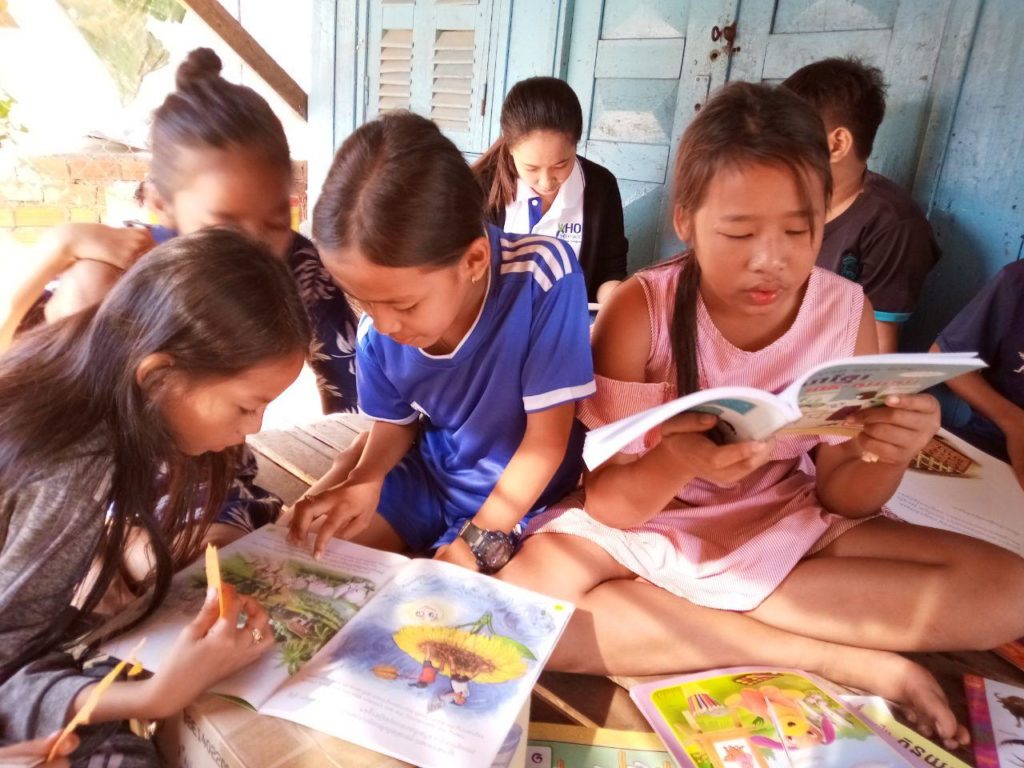
When schools closed last spring, Holt Cambodia staff gave children books and other educational material so they could continue learning from home. 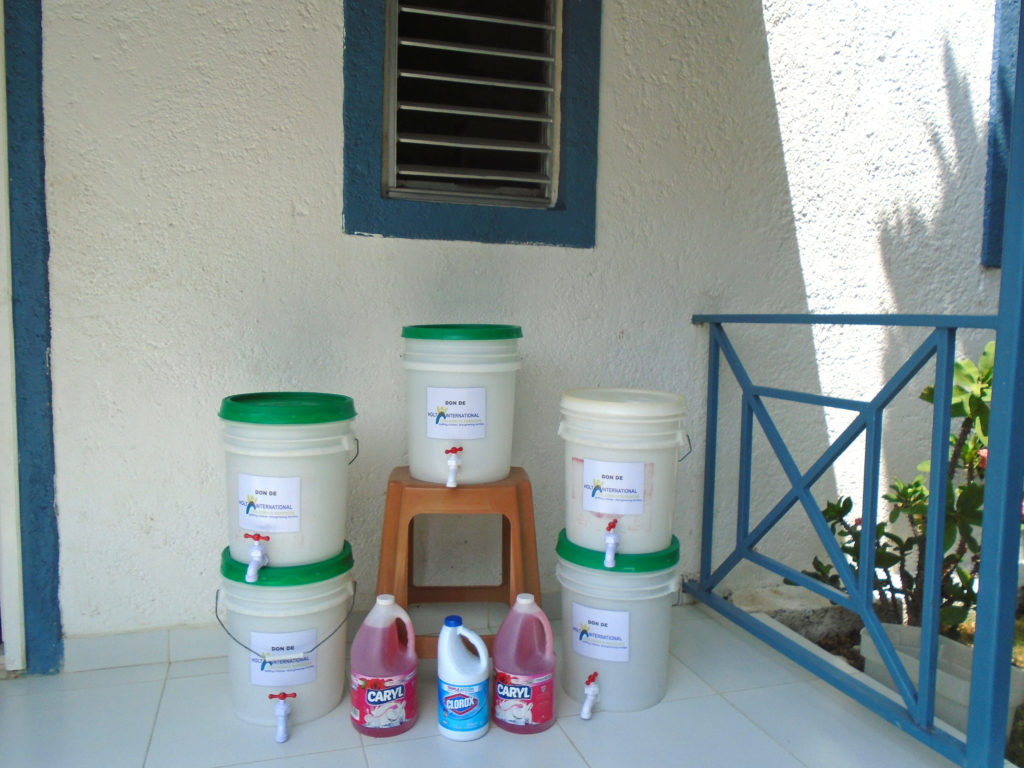
In Haiti, Holt distributed handwashing stations to be used by hundreds of children at schools once they reopened. 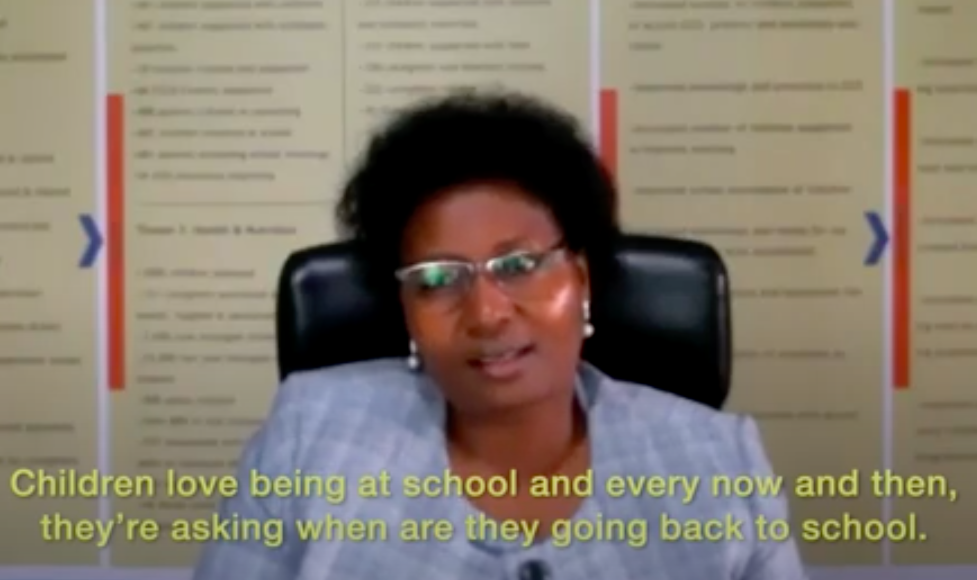
In a video interview with Holt staff in the U.S., Lydia Nyesigomwe — Holt’s country representative in Uganda — shared that children have missed being in school. “Children love being at school,” says Lydia. “And every now and again, they’re asking when are they going back to school.” 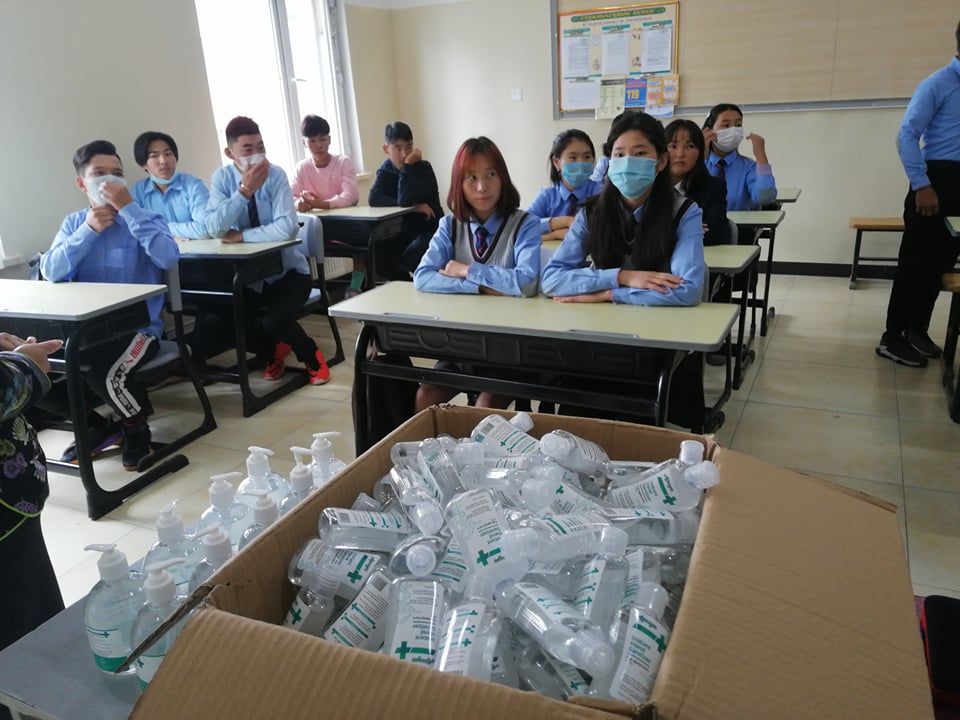
Holt provided 500 bottles of hand sanitizer to students in Mongolia, a required item for them to attend school.
But despite the diversity of these initiatives, most forms of distance learning have been inaccessible for children living in poverty and in developing countries.
“Thirty-one percent of schoolchildren worldwide (463 million),” UNICEF reports, “cannot be reached by the broadcast- and internet-based remote learning policies either due to the lack of necessary technological assets at home, or because they were not targeted by the adopted policies.”
And a year without school is having devastating effects on children.
The World Bank estimates that the pandemic could push 72 million additional primary school-aged children into “learning poverty,” a term defined as children who are still mostly illiterate by age 10.
Illiteracy and a lack of general education have lifelong effects — perpetuating the cycle of poverty for children, their families and communities.
The pandemic is amplifying the global learning crisis that already existed: it could increase the percentage of primary school-age children in low- and middle-income countries living in learning poverty to 63 percent from 53 percent, and it puts this generation of students at risk of losing about $10 trillion in future lifetime earnings, an amount equivalent to almost 10 percent of global GDP.
The World Bank
Over a year since the pandemic began, many children around the world are now back at school. But the rippling effects of the 2020 school closures remain.
Education is a cornerstone of Holt’s work to empower children around the world. And in the past year we’ve seen the highs, lows and stark realities of what education during a pandemic has looked like and will continue to mean for children living in poverty.
Thoa Bui, Holt’s vice president of international programs, explains what some of these lasting effects may be, and how Holt is preparing to adapt and intervene to help promote the best outcome possible for children.
What do you anticipate will be the long-term effects of the school shutdowns due to COVID-19?
The effects are pervasive. There’s loss of learning and higher dropout rates, poor nutrition, increased violence against children, teen pregnancies, early marriages and more.
Now parents are tasked with supporting their children’s learning at home and many struggle to perform this task. Especially when parents have limited resources and education themselves, which is common among the populations Holt serves.
Many children and youth rely on free or discounted meals provided at schools for food and healthy nutrition. So when schools close, nutrition is compromised.
Additionally, schools are hubs of social activity and human interaction. When schools close, many children and youth miss out on the social contact that’s essential to learning and development.
As schools reopen, are children returning? Why or why not?
It depends. We are trying hard in our programs to encourage and ensure as many children as possible go back to school. But it is a challenge. Children have had the pressure to work and generate income for their financially distressed families during the school closures — income that families now rely upon.
Many schools have switched to online learning, but many children do not have access to a computer or internet, or they find remote learning a challenge to adapt to. There are also many more families facing financial distress due to the pandemic, and some parents do not prioritize education for their children.
Despite all of these obstacles, we have seen most children in our programs return to school, as local authorities permit.
Have school shutdowns contributed to an increase in early marriage? If so, why?
International organizations and other nonprofit organizations report that this should be expected. Even before COVID, many girls in certain countries had a lower chance of attending schools than boys. And school attendance is key to delaying and preventing early marriage for girls. With schools closed, parents may want their daughters to get married early instead of going back to school. We have not received significant reports from Holt’s programs about this. However, we are looking to encourage parents with girls, especially, to continue to prioritize girls’ education.
Have school shutdowns contributed to an increase in child labor? If so, why?
Our partners overseas have reported concerns over child labor while children are out of school for so long. The reason is parents have lost work or cannot find any income during the lockdowns. Even after COVID, unemployment will continue to be high from this. Families have lost income and thus children have had to participate in the workforce to supplement that income. When this happens, education becomes less of a priority.
How will Holt to continue to support children in their education in 2021?
Holt and our partners have tried hard to support children to transition and adapt to new learning environments. We’ve provided laptops, internet access, school supplies, and encouragement and counseling to parents to keep education for their children a priority. We will continue to ensure that children have what they need to go back to school.
Thoa Bui implements Holt’s vision and strategic leadership to ensure growth in Holt’s programs for vulnerable children in Asia, Africa, the Caribbean, Eastern Europe and Latin America. Thoa has more than 20 years of experience in international program development and management. She holds a master’s degree in social work awarded by the Fulbright Scholarship and served at the Holt Vietnam office prior to coming to Holt International.

Send a Child to School
The gift of a scholarship covers tuition for one student to go to school for one year.
